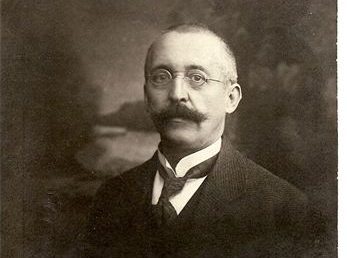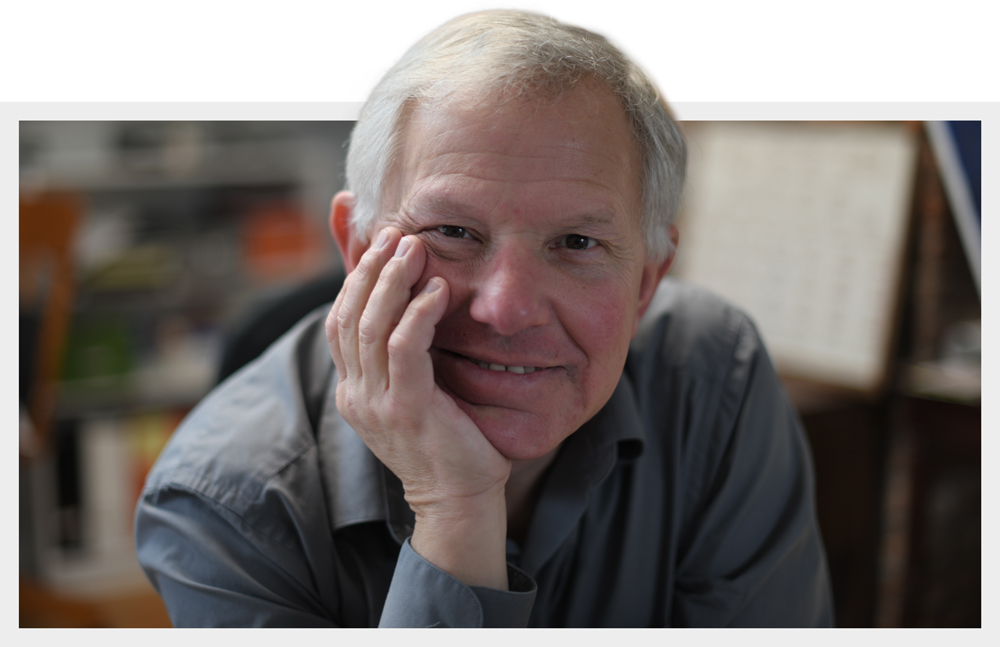
I had something else in mind initially for this post, but I’ve had a unique situation come up twice in the past week that I’ve decided to discuss instead.
Genealogy has become a hot interest world-wide. More people are researching their family histories than ever before. However, their findings most likely won’t involve probate courts, title clearings, and other legal matters. For them, it’s the personal journey. I have been asked a number of times by attorneys to verify the genealogical data given to them by clients. I have reviewed research ranging from highly organized and detailed…to poorly maintained documents, notes, and photos simply thrown into boxes. Family genealogists are enthusiastic, driven, and passionate in their discovery of their family roots. I admire their efforts and dedication. Many get it right! But others make mistakes that can cost them in court.
Case in point: Several years ago, I worked with an attorney whose client had passed away, with no family members coming forward to claim the estate. The attorney knew a few things about the deceased. He knew the man’s parents were also deceased, that the man had no siblings and had never been married. He also didn’t have a will. The attorney’s first step would be to find the closest living next of kin.
Shortly after, a man showed up at the attorney’s office claiming to be the deceased’s second cousin (of eleven, with no first cousins). He was also the family genealogist, leaving three boxes of documents behind with the attorney.
I was asked to verify what the man was claiming: that the second cousins were indeed the closest blood relatives. In going through the documents, I found that they had verified eleven people who were supposedly the deceased’s second cousins. However, it also showed that there was still one living first cousin, once removed. He had been missed during the family genealogist’s research. I double-checked my findings, then again a third time with the attorney.
There was no doubt.
The family genealogist had all the right motivation, but errors still happen. He hadn’t realized that he was the closest living next of kin: the first cousin, once removed.
That’s why it’s always best to consult a professional genealogist in situations such as this.
If you would like the follow-up to this story, which won’t fit here, send me an email at [email protected].
